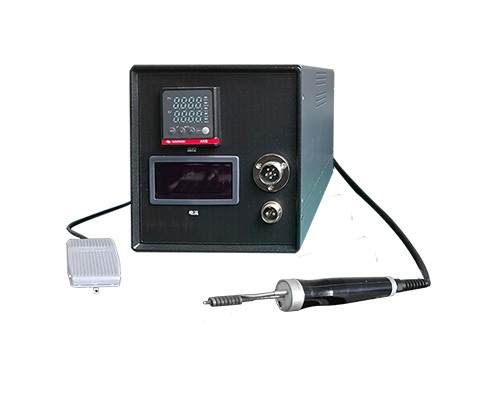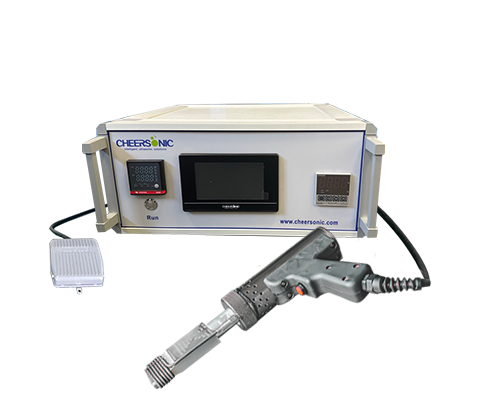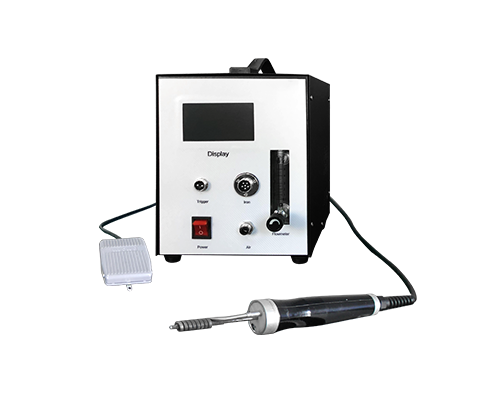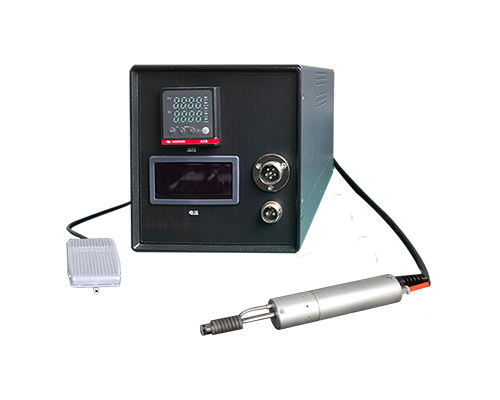In the field of precision manufacturing, small stainless steel parts, due to their combined properties of corrosion resistance and structural strength, have become core components in industries such as electronics, healthcare, and automobiles.The ultrasonic connection technology, with its unique advantages, is gradually replacing traditional methods and has become the preferred solution for connecting these parts, providing efficient and reliable technical support for high-end manufacturing.
Ultrasonic bonding achieves a secure connection for small stainless steel parts, and the key lies in its ingenious solid-state welding principle. This technology converts electrical energy from an ultrasonic generator into high-frequency electrical signals at 28-40 kHz. These signals are then transformed by a transducer into mechanical vibrations, which are amplified by an amplitude amplifier and transmitted to the welding head. Under the action of static pressure, the welding head focuses the vibration energy onto the contact surface of the parts, generating high-frequency friction, instantly breaking the surface oxide layer and generating local heat, allowing the metal atoms to diffuse and combine during plastic deformation. After cooling, a metallurgical-grade joint is formed. This entire process does not require solder or flux, and the temperature only reaches 35%-50% of the melting point of stainless steel, perfectly avoiding the thermal deformation problem of traditional welding.

Compared with traditional methods such as arc welding and brazing, ultrasonic connection demonstrates significant advantages in the processing of small stainless steel parts. Its environmental-friendly characteristics are particularly prominent, as it produces no harmful smoke or chemical residues, which is in line with the strict cleanliness requirements of scenarios such as medical equipment. The welding process can be completed within seconds, and when combined with automated equipment, it can achieve mass production, significantly improving the assembly efficiency in fields such as electronic components.
In practical applications, ultrasonic connection has become a key technology in multiple industries. In the field of electronic manufacturing, it provides excellent conductive connections for the pins of stainless steel sensors and micro terminals, ensuring the stable operation of precise circuits; in the medical field, the stainless steel small components in minimally invasive devices are seamlessly connected through this technology, which not only meets the requirements of biocompatibility but also ensures structural strength; in the new energy industry, its reliable conductivity is utilized to achieve efficient connections for the stainless steel tabs of battery packs, enhancing the safety of energy storage equipment.
However, the application of this technology requires strict control of details: the contact surfaces of the parts need to be pre-cleaned to remove oil, and the parameters such as welding pressure and amplitude need to be precisely adjusted according to the size of the parts to avoid false welding or surface damage. With the development of technologies like parameter adaptive control, ultrasonic connection is moving towards higher precision and greater intelligence.
As a green and efficient precision manufacturing technology, ultrasonic welding perfectly meets the processing requirements of small-sized stainless steel parts. It not only promotes the product upgrading in multiple industries, but also demonstrates the inevitable trend of modern manufacturing technology towards refinement and environmental friendliness.





